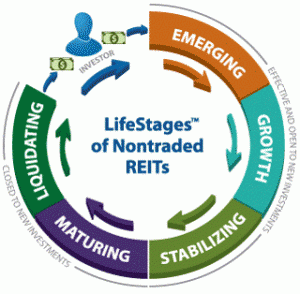Johnathan Rickman | Blue Vault
You’re a wealth advisor who’s new to alts. You and your client have researched an investment opportunity and are prepared to move forward. So, what’s the next step?
To invest in alts, advisors and their clients typically work with broker-dealers (BDs). These are firms staffed with individuals licensed to help advisors buy and sell financial securities.
Brokers and Dealers
The Securities and Exchange Commission (SEC) defines a broker as “any person engaged in the business of buying or selling securities for the account of others.” It defines a dealer as “any person engaged in the business of buying or selling securities, but for their own account.” BDs generally must register with the SEC, Financial Industry Regulatory Authority (FINRA), and the states in which they are doing business.
There are different kinds of broker-dealer firms, including:
• Independent or “retail” BDs: Firms with their own salesforce and that engage with a variety of sponsored products.
• Managing or wholesaling BDs: BDs that are situated within a fund sponsor’s organizational structure and wholesale only that fund sponsor’s products — or are external to a fund sponsor or issuer but wholesale an offering for the issuer. (Wirehouses like UBS and Morgan Stanley have their own internal managing BDs.)
Unless your client is ultra-high-net-worth, you (usually) can’t invest directly with a fund sponsor unless your client is a qualified purchaser who has been properly vetted and qualified as a limited partner with the general partner. Issuers typically contract with their affiliated wholesaling BD or a third-party wholesaling BD to be the “managing dealer” who works with retail BDs as well as advisors on the issuer’s behalf.
Wholesalers
Another category of sales personnel you might encounter are wholesalers — individuals who represent the wholesaling BD. The activities of wholesalers are supervised by the managing BD they are registered with.
The SEC refers to these individuals as “associated persons” who usually do not have to register separately with the agency but are typically registered with FINRA and the states in which they do business.
Next Steps
While they aren’t a substitute for your own due diligence efforts, BDs also research fund sponsors and their offerings, usually through their home office. But if you are not affiliated with a retail BD, then due diligence and research becomes even more important.
When you’re ready to make an investment, the next step is to sign an agreement with the issuer. This compact is not to be confused with a “selling agreement,” which is a contract between the issuer and the BD that you work with allowing the BD to sell the offering to you.
“A financial advisor has to be in tune with what’s on their broker-dealer’s platform before they can talk to their investors about opportunities,” said Catherine Bowman, founder of The Bowman Law Firm and a former executive and counsel at CNL Securities Corp.
“Advisors working with these platforms have resources available to them, including attending sponsor-led training and education meetings and wholesaler-led presentations,” she added.
The last step is the subscription process between you and your investor, which must go through an approval and acceptance process by the issuer (or its service providers). This can be relatively paper-intensive, but various wealthtech platforms and other digital services providers are making the process easier for advisors to complete.
Over the last few weeks, we’ve explored the basics of alternative investments, including the different types of structures and strategies they contain. Watch this space as our next Alts 101 article will explore alts lingo for beginners, with tips on how to pitch alts opportunities to clients!











